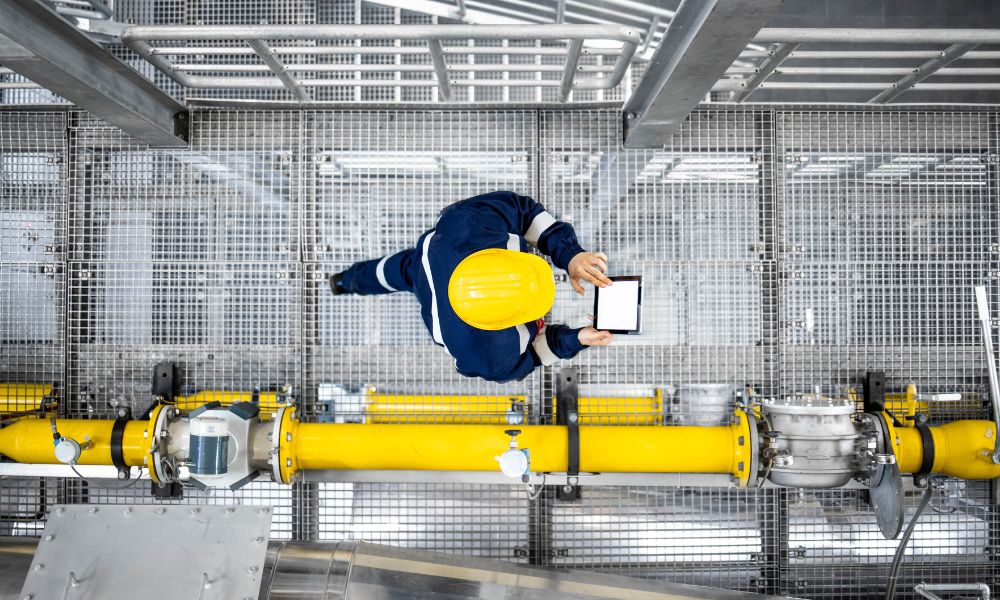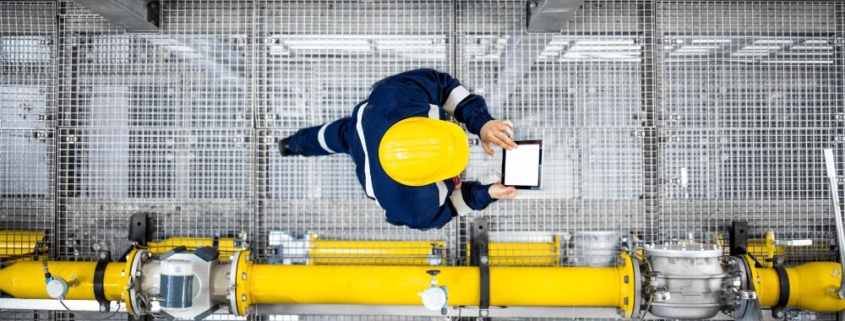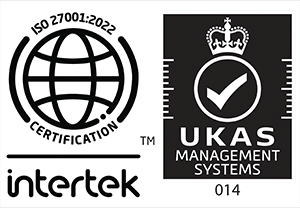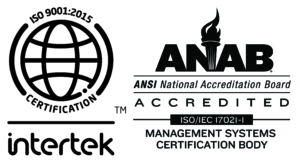
Many different local and state laws enforce emission regulations concerning leak-prone equipment. These laws include the New Source Performance Standards (NSPS), State Implementation Plans (SIPs), Resource Conservation and Recovery Act (RCRA), National Emissions Standards for Hazardous Air Pollutants (NESHAP), and more. Inspectors visit refineries to test their systems’ efficacy to ensure proper LDAR programs are upheld throughout their facilities. Read on to learn what to expect during an LDAR program audit. Additionally, guarantee a successful audit by learning more about proper self-inspection practices and pre-audit preparations.
Areas of Focus
There are a few specific areas of focus that an LDAR program auditor will always prioritize when inspecting your system. First and foremost, this individual—often a technician—will ensure each component of your LDAR program is compliant and applicable to relevant regulations. Additionally, the auditor will inspect your fugitive monitoring and preventative tracking elements to look for weak spots or performance lags. Ultimately, auditors follow the EPA’s Method 21 when checking an LDAR system. Therefore, it’s essential that you fully understand Method 21 in preparation for a random system audit.
Preparing Ahead of Time
Aside from fully understanding the scope and application of Method 21, there are plenty of ways to prepare for both scheduled and random auditor visits. For example, having highly accurate record keeping of your LDAR program is imperative during your EPA inspection. Providing auditors with proper information and data helps expedite the entire testing process and showcases ideal maintenance procedures.
Furthermore, investing in quality LDAR equipment and technology reduces the chances of excessive leaking and ensures a better-quality LDAR program. Combine industry-leading software and hardware elements to create a robust and reliable system that’s always prepared to ace an audit!
Self-Auditing
You can avoid the stress of random EPA audits by conducting self-inspections of each of your LDAR program levels every three years. In fact, the EPA encourages many refineries to pursue this route, as it saves time and money when identifying potential emissions violations. The EPA views self-disclosed policy violations as positive and usually allows your business to rectify the issue without facing punishment. In fact, the preferred style of compliance monitoring for the EPA is off-site data collection, review, oversight, and support! So ensure your facility conducts self-audits when necessary to remain functional and successful.
Knowing what to expect during an LDAR program audit prepares you for any potential surprises and obstacles. Remember that effective data collection of your LDAR systems is the best way to pass your inspection with flying colors. Additionally, invest in quality FID monitor components and related LDAR elements to ensure a durable and reliable overall program!




